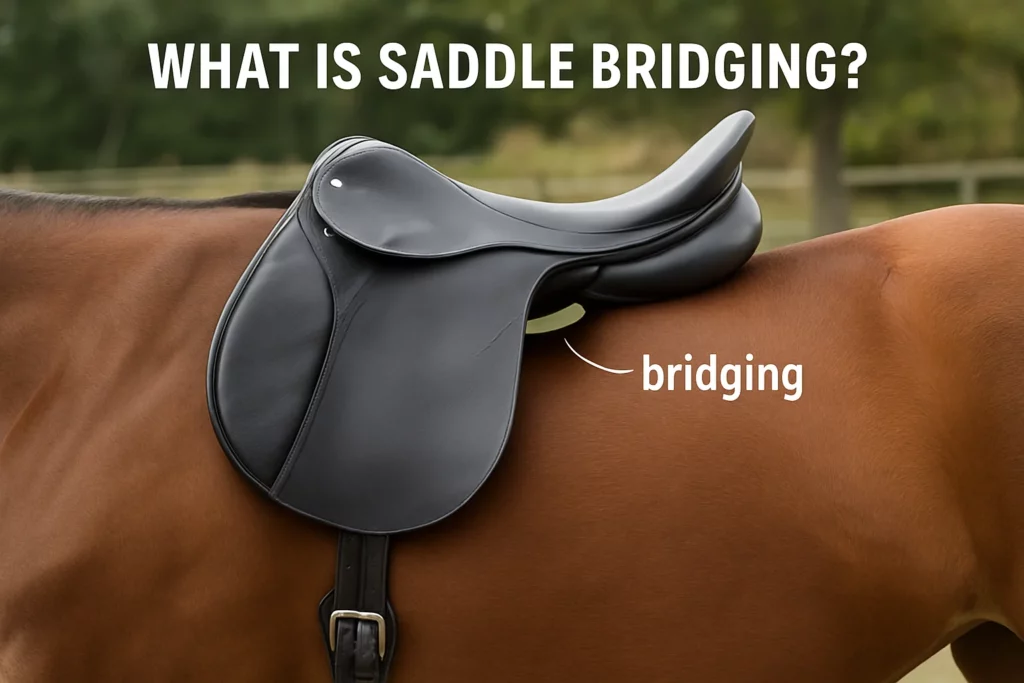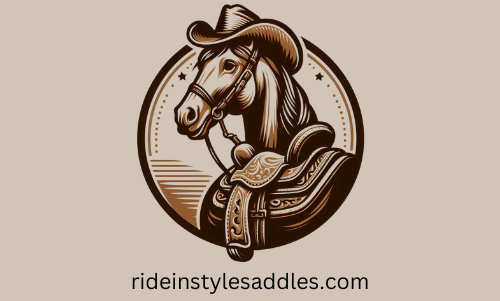
When it comes to saddle fit, one issue that’s sometimes overlooked, but can cause serious problems is bridging.
So, what exactly is it?
Bridging happens when the center of the saddle doesn’t make proper contact with the horse’s back. Instead, the saddle only touches at the front (pommel area) and the back (cantle), creating a gap in the middle. This results in uneven pressure distribution.
Why is Bridging a Problem?
- Discomfort for the Horse
With the weight concentrated on just two points, the horse can experience pain and muscle soreness. Over time, this can lead to bruising, white hairs (a sign of pressure damage), or even behavioral issues under saddle. - Restricted Movement
A bridging saddle doesn’t move with the horse’s back properly. This can restrict their range of motion, making it harder for them to perform comfortably or effectively—especially in disciplines that require flexibility and engagement from the back. - Poor Saddle Stability
Bridging can also cause the saddle to rock or shift during riding, which can throw off your balance and make the ride less secure for you as the rider.
How to Check for Bridging
- Visual Inspection: With the saddle placed on your horse (without a pad), observe from the side to see if there’s a visible gap in the middle.
- Hand Test: Run your hand under the saddle panels from front to back. A noticeable gap or lack of contact in the center indicates bridging.
Addressing the Issue
- Professional Saddle Fitting: Consult with a certified saddle fitter to assess and adjust the saddle fit appropriately.
- Corrective Pads: In some cases, using specially designed saddle pads can help distribute pressure more evenly.
- Saddle Replacement: If adjustments aren’t sufficient, investing in a new saddle that fits your horse’s conformation may be necessary.
Final Thoughts
Bridging is more than just a minor fit issue—it can seriously impact your horse’s comfort and performance. Whether you’re a casual rider or competing regularly, ensuring your saddle has even contact along the back is key. When in doubt, always consult a professional fitter to protect your horse’s wellbeing.
If you have any further questions or need assistance, feel free to reach out to our team. We’re here to support your equestrian journey every step of the way!
